Arctic Fox Medicine
Original price was: € 150.00.€ 75.00Current price is: € 75.00.
This Arctic Fox (Vulpes lagopus) piece was ethically sourced from a Russian fur coat by Jarow Berlin. The charm part was created from Aluminium Casting, Steel chain / core, leather / Brass trimmings, with a DDR -5 pfennig coin in Aluminum, 2 Gold Plated Rings, Eternity Band and a Glacial Ice Glass Bead. A white Arctic Fox connotes purity and divinity. This polar beauty is wrapped in silk paper and upcycled store box, it makes suiting gift for any conjurer.
FOX + 5 COIN + MEDICINE
Our ancestors looked at fox spirit as giving us the ability to disguise ourselves. The fox teaches us to use our instincts and creative energy. When we learn to distance ourselves from what surrounds us and observe with all our senses, we will be able to anticipate and create the future the way we want it. With that being said the fox medicine also carries wealth and prosperity to the owner. The Bulgarian superstition believes that if a fox crosses a person’s path, he will succeed in the job he set out for.
KEY ELEMENTS:
♦ 5 Pfennig Coin
Circulation coin of the GDR. Front / obverse: motif; Two ears of wheat above hammer and sickle (no wreath of corn) ear of wheat, year below. Back / reverse: the value in the middle; 5, below the word PFENNIG, below the mint. This 5 Pfennig East German coin was only minted in 1952 and 1953.
For the Greeks the the pentagram is sacred symbol of light, health and vitality. The Pentad symbolises the fifth element- the Ether, which is free from the influence of the other lower elements. The number 5 meanings are balance, because it divides the holy number 10 into two equal parts. The Pentad represents all the higher and lower beings. Sometimes seen as the Priest of the Mysteries, because of its connection to the Ether, through which it reaches mystical growth. The key words associated with the Pentad are reconciliation sequence, consistency, marriage, immortality, cordiality, providence and sound.
♦ Fox Medicine
Fox Characteristics: In pre-Christian Times the fox was seen as a symbol of gods, like for example, as a symbol of the god of vegetation or as a symbol of forest- and mountain-spirits. This changed in Christian Times, from where on the fox was seen as a demonic creature. The fox is a very famous figure in fables and usually is described as greedy, dishonest and tricky. At the same time of all the helpful animals in fairy tales the fox is said to be the most helpful one. Most fables tell about how the fox tricks other animals to get food, but no legends or fairy tales have been found telling about the fox attacking humans. The phrase “cunning like a fox” came about for good reasons. Nearly every culture regards Fox symbolism as including stealthy, near-silent movement because the creature is so well-acclimated to the space it inhabits. Immediately, Fox represents slyness, elusiveness, the mysterious, and adaptability.
Fox Magic: For most native cultures the fox is a shapeshifter and a messenger. The creature supports you in finding a way around obstacles. Fox remains playful as it moves toward its goal, edging ever near for a closer look at conditions. Foxes can grant you wisdom for working in those areas of your life where you may have a blind spot. The Animal also teaches you the power of play and laughter and how it can help you work through emotionally hard conditions. That’s basically what fox medicine is all about: invocation to expand your mind or consciousness.
“Men have forgotten this truth,” said the fox. “But you must not forget it. You become responsible, forever, for what you have tamed.” – Antoine de Saint Exupery
E N E R G E T I C S
KUMIHO
A Kumiho (Gumiho) (Korean pronunciation: [kumiho]; Hangul: 구미호; hanja: 九尾狐, literally “nine tailed fox”) is a creature that appears in the oral tales and legends of Korea. According to those tales, a fox that lives a thousand years turns into a kumiho, like its Japanese and Chinese counterparts. It can freely transform, among other things, into a beautiful woman often set out to seduce boys, and eat their liver or heart (depending on the legend). There are numerous tales in which the kumiho appears, several of which can be found in the encyclopedic Compendium of Korean Oral Literature (한국 구비문학 대계).
Originating in Chinese myths dating back centuries before being introduced to Korean mythology the Korean kumiho shares many similarities to the Chinese huli jing and the Japanese kitsune. All explain fox spirits as being the result of great longevity or the accumulation of energy, with kumiho said to be foxes who have lived for a thousand years, and give them the power of shape-shifting, usually appearing in the guise of a woman. However, while huli jing and kitsune are often depicted with ambiguous moral compasses, possibly good or bad, the kumiho is almost always treated as a malignant figure who feasts on human flesh. It is unclear at which point in time Koreans began viewing the kumiho as a purely evil creature, since many ancient texts mention benevolent kumiho assisting humans (and even make mentions of wicked humans tricking kind but naïve kumiho). In later literature, kumiho were often depicted as bloodthirsty half-fox, half-human creatures that wandered cemeteries at night, digging human hearts out from graves. The fairy tale The Fox Sister depicts a fox spirit preying on a family for their livers. Source: infogalactic.com
NORTHERN MYTHS
The Sami people in the North, indigenous to Norway, Sweden, Finland and Russia, believed that the fires in the sky were the souls of the dead and that they had magical effects.
Sami shaman drums often had symbols that depicted these fires. When the aurora blazed in the sky you should be careful and stay inside and the children were told to quiet down.
If you disrespected the lights it would not only bring bad fortune, the lights could also sweep down and beat you to death. Despite the danger of mocking and teasing the northern lights – you were never supposed to wave or whistle at it – there was a rhyme that every child knew but never dared to say out loud.
The Finnish word for aurora borealis is “revontulet”, which literally means “fox fires”. A Sami legend tells that the lights are caused by a magical fox running across the Arctic fells. The fox sweeps its tail across the snow sending a trail of sparks up into the sky.
The Sami word for aurora borealis is “guovssahas”, meaning “the light you can hear”. There are stories about people having heard the northern lights and they describe the sound as static or faint crackling.
EASTERN MYTHS
In Far Eastern mythology, Foxes were once human whose spirits moved into the bodies of a Fox. As a result, there is a sense of Fox being a communicator, bearing the messages of ghosts and the Ancestors.
Chinese stories paint the Fox in a negative light. Here, Fox is a shapeshifter who turns into a woman to tempt weak-willed men. Fox may also become a plant or other creature before approaching a human with a challenge.
By comparison, Japanese tales depict the Fox as wise, magical, and smart. Some stories suggest Fox becomes a Guardian to some lucky humans and may even marry the person they guide. One myth says Fox is a messenger for the Shinto Goddess of Rice.
According to legend, the fox often turns into a human. When she turns fifty, she can become an old woman, and when she turns one hundred, she can become a young beauty or a skilled magician. When she is a thousand years old, she goes to heaven and becomes a celestial fox. The sky fox has nine tails and golden fur. She knows the secrets of the universe.
Often the fox in the image of a beautiful woman tried to get married. A man who does not question his wife about the past may enjoy a happy life, but one who questions her constantly will end his earthly journey quickly and painfully, legend has it.
According to legend, the nine-tailed white fox appeared to Emperor Yu in the twenty-third century BC and he married her. The fox, who took on the image of a woman, was known by the shadow – she has an elongated snout and sharp ears.
J A R O W S T U D I O
Awarded designer Jason Morrow G. J. G, GIA, was born in LA, California. Jarow Accoutrement was launched in Germany 2003 with Anna Schneider. The brand itself is composed of high quality leathers, precious metals, stones and metal hardware as well as being manufactured in Germany. Design and construction are in the manner of Saddlery and therefore Standard and Basic. Emphasis is on the materials and how best to showcase them, in a another way, Ancestral.
The designs and texture and processes of making come from or History as well as Cultural identity especially seen from the Esoteric side. Where possible Materials are sourced from Nature, Flea Markets, Resale, Gifts, Found mostly in other products that no one today would think to use. We honor the materials, the sources they come from, when we can repurpose, reclaim, and restore these Dignities. Here by Onça, we can go in the spirit side of Art or better, expression and Memory, of Belonging and Awe for all things natural.
Onça and Jarow met at the Berlin punk rocker scene, sharing mutual interest in recycling, painting, collage, myth and legends always conjunct in music. They collaborated on several occasions. The singing bowls series “Bell-Cauldrons“, assigned to planetary magic is their ongoing team initiation.
⚡⚡⚡⚡⚡⚡⚡⚡⚡
♥ Thank you for buying for many years now from our planetary and magic ritual crafts, that bring sparkling beauty into your life. Thank you for the support. With each purchase, you are getting a unique and authentic piece that was handmade with tender care.
👽 Please message me with any questions you may have! Please follow us at:
facebook.com/OncaRitualOfferings
instagram.com/OncaRitualOfferings
💫 Sing to our global network and newsletter: thestarreader.com/offerings
+++ DISCLAIMER +++
Jarow for OnçaRitualOfferings series are reclaimed, recycled and repurposed.
| Weight | 0.240 kg |
|---|---|
| Dimensions | 9 × 9 × 32.5 cm |
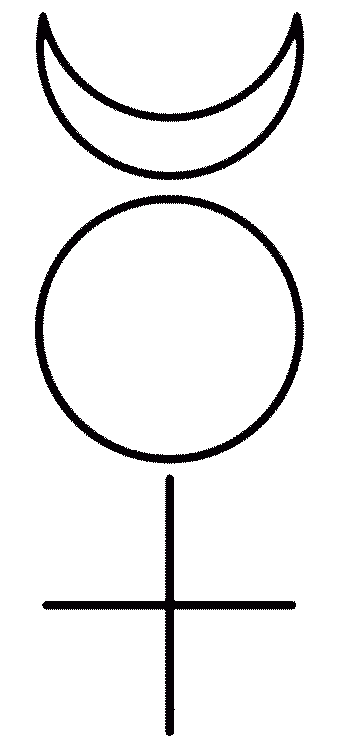
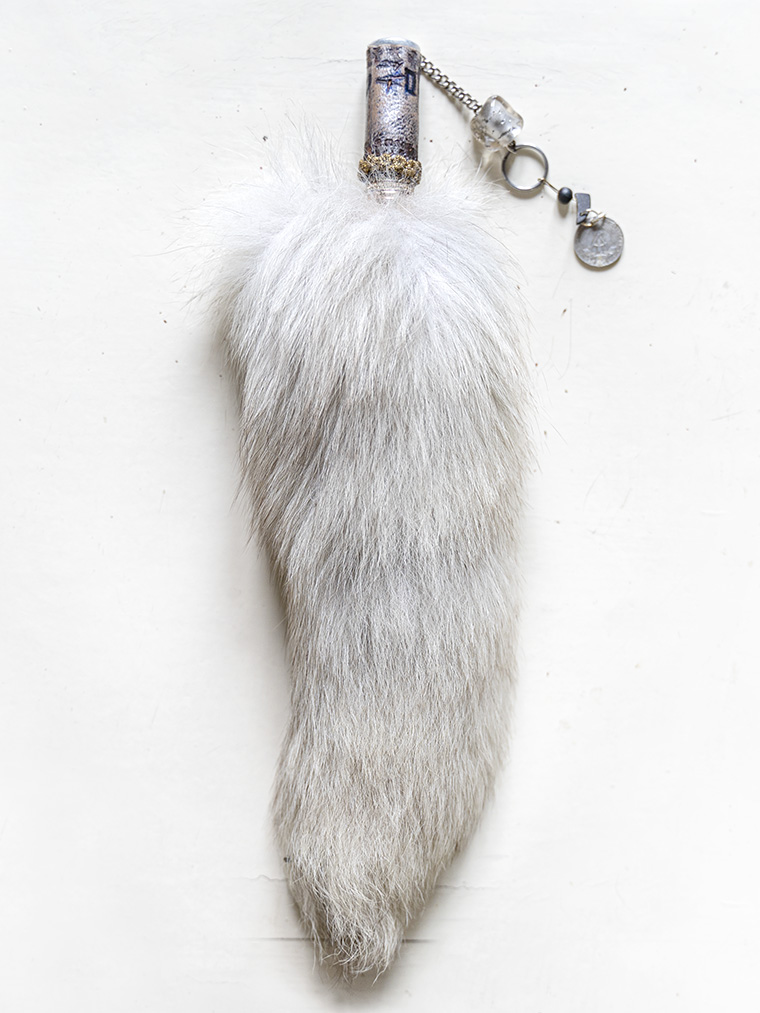
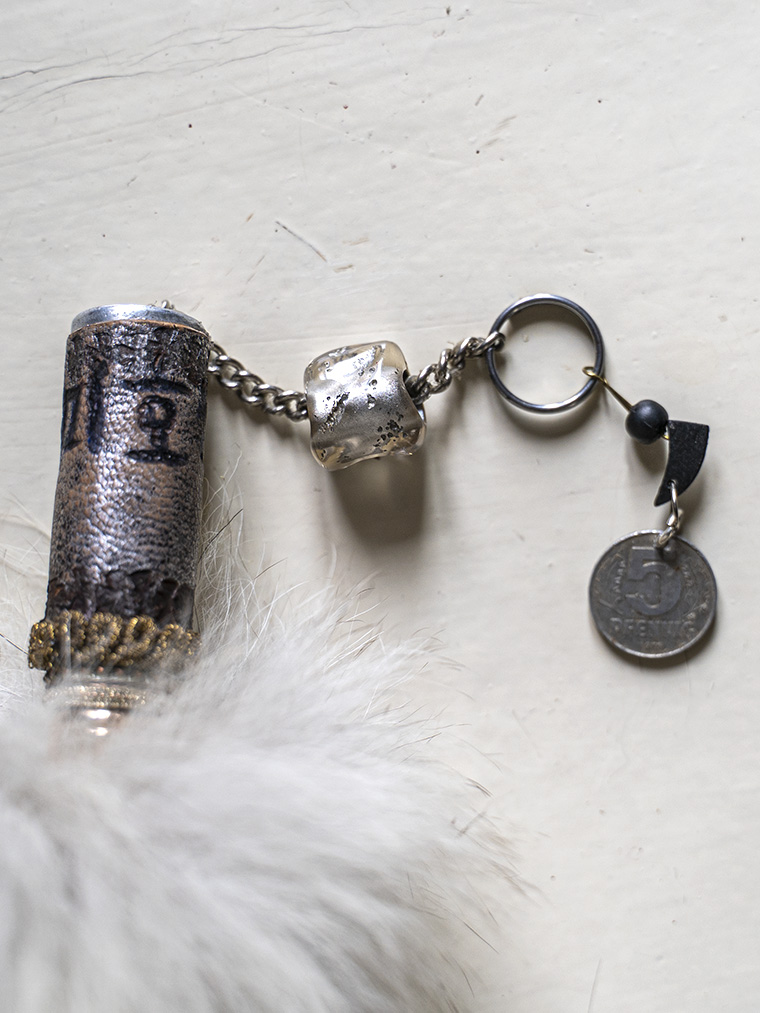
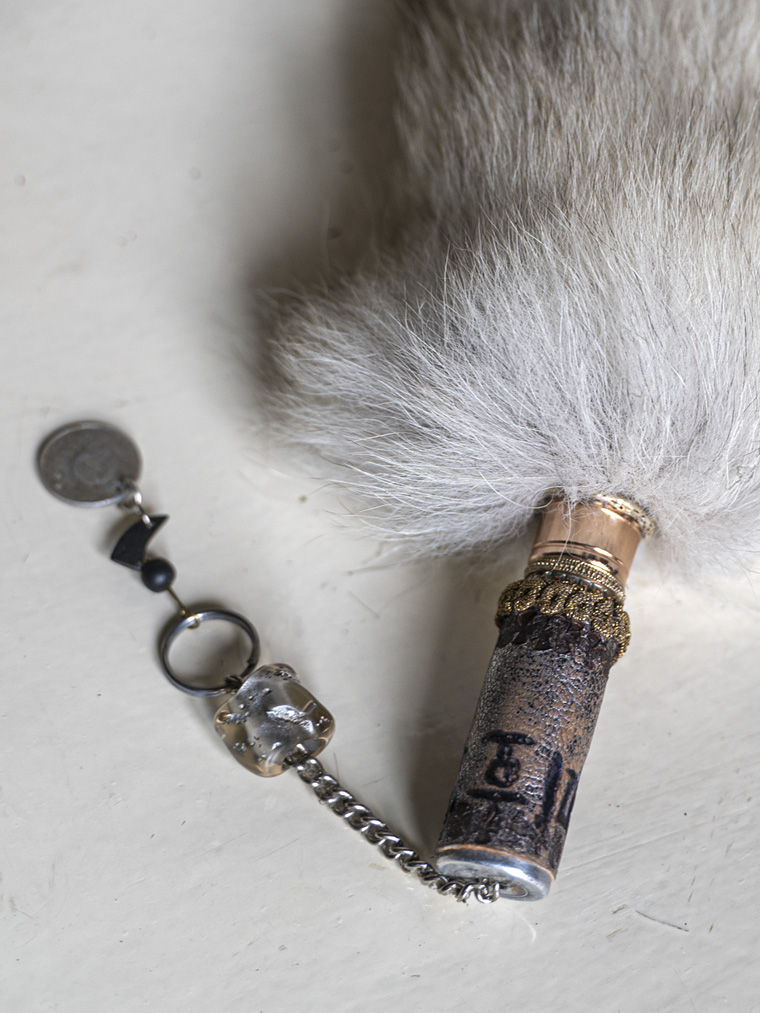
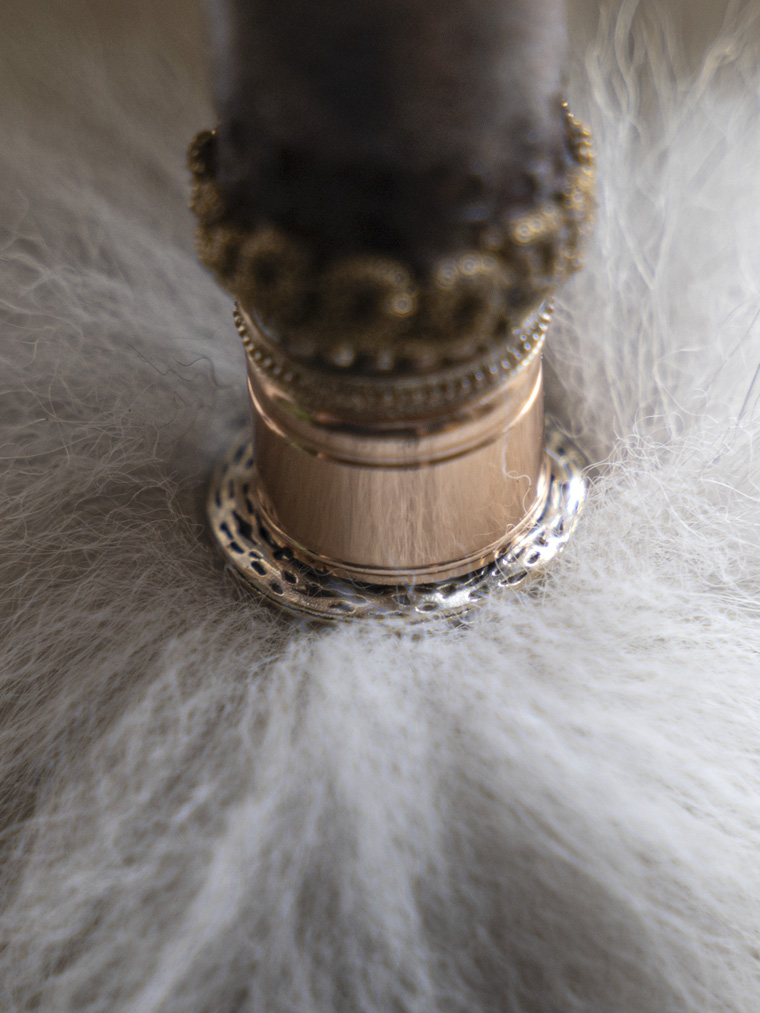
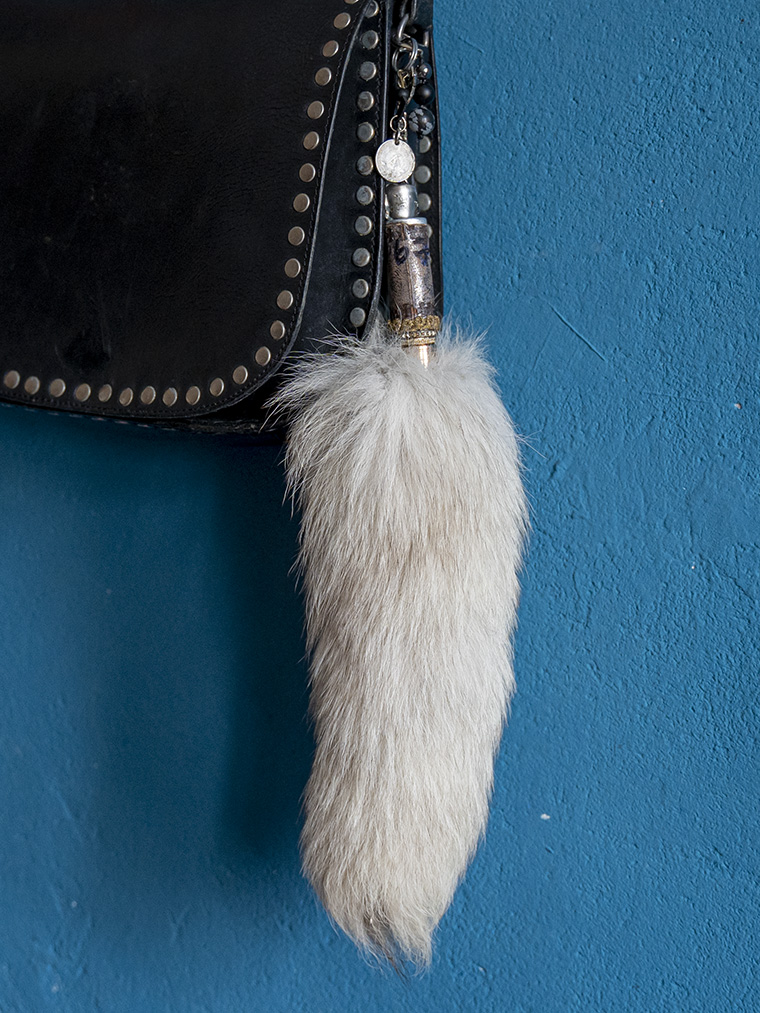
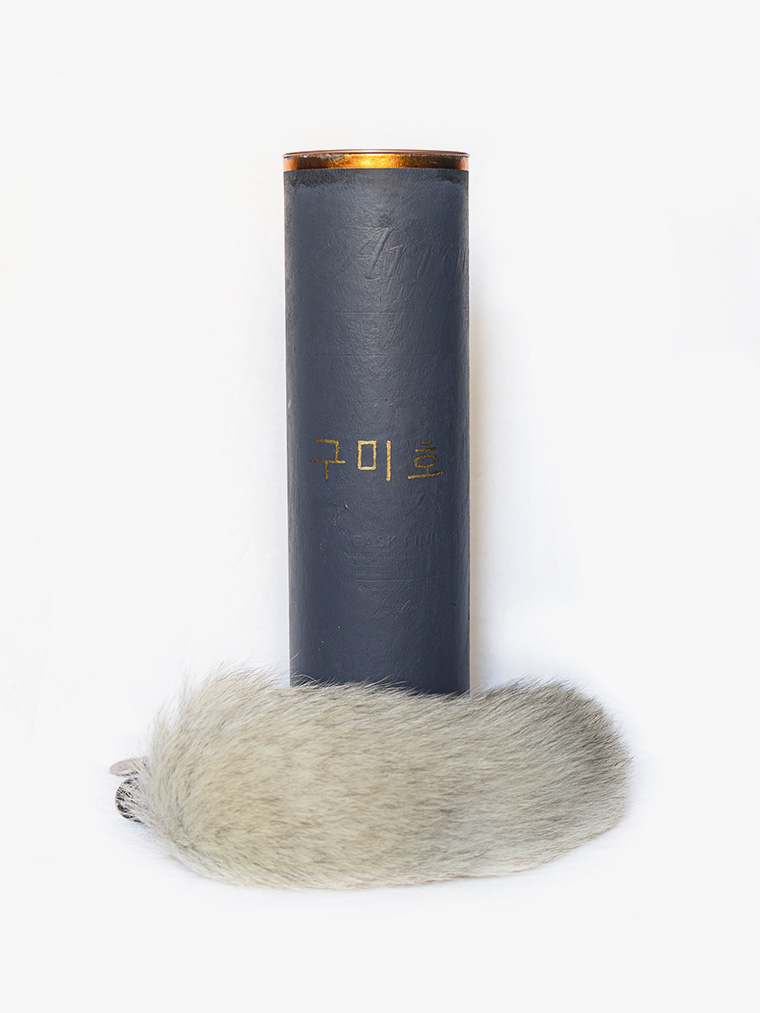
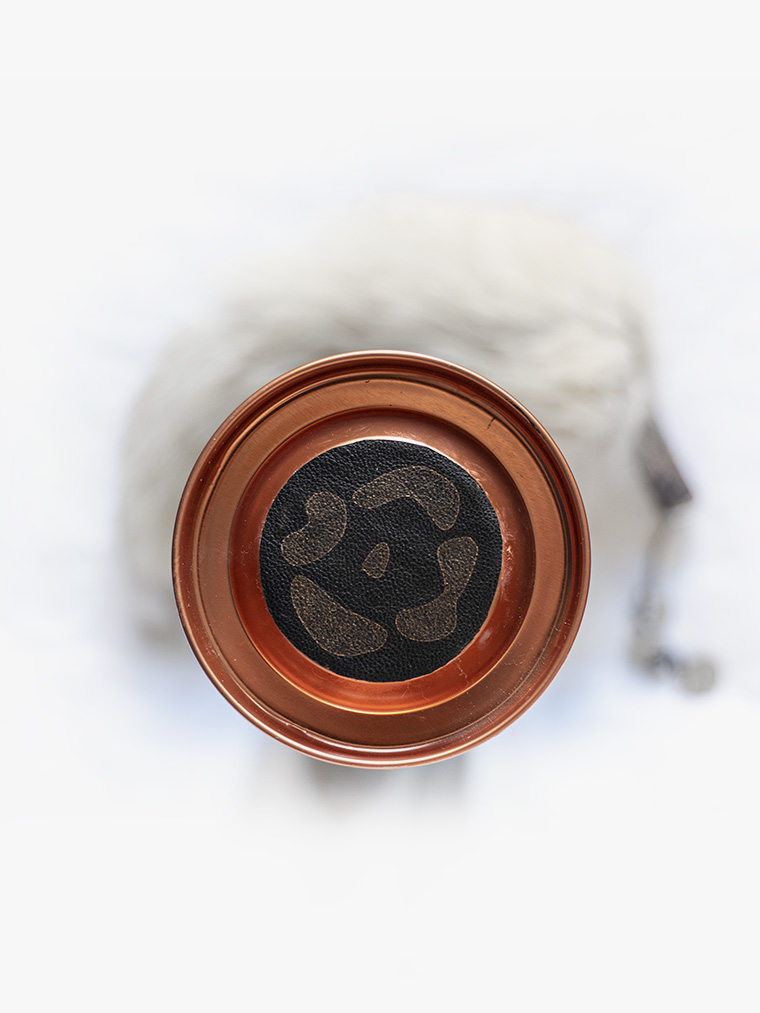
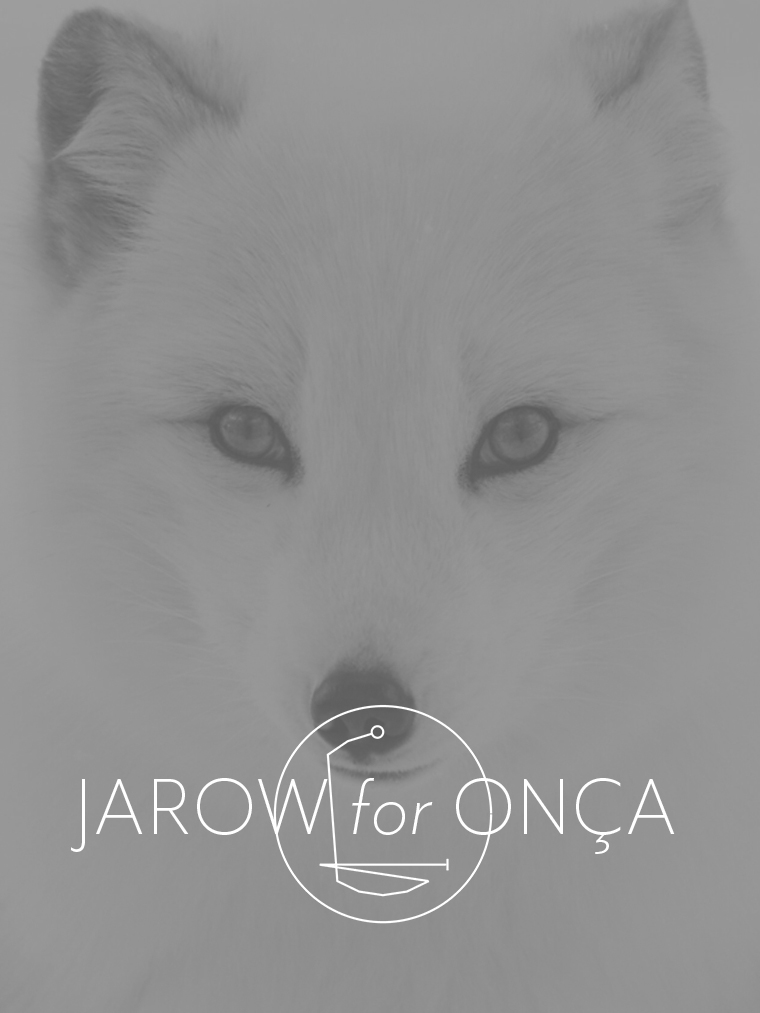
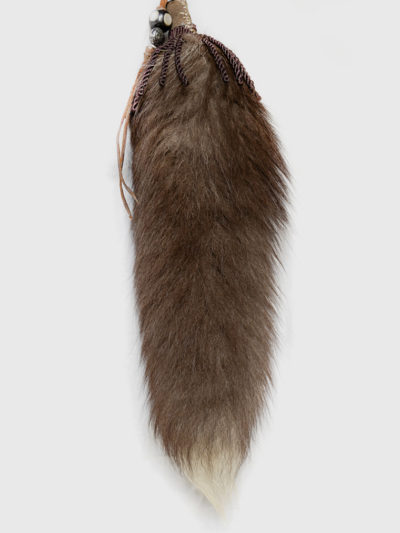
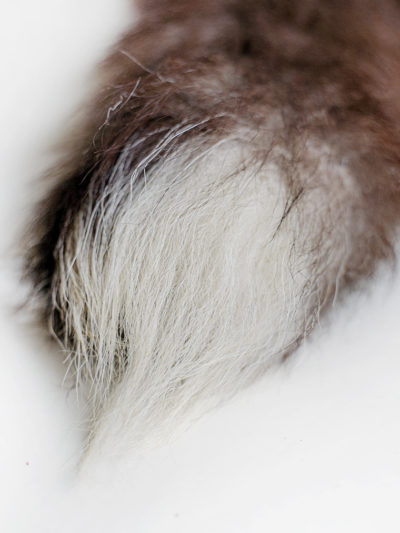
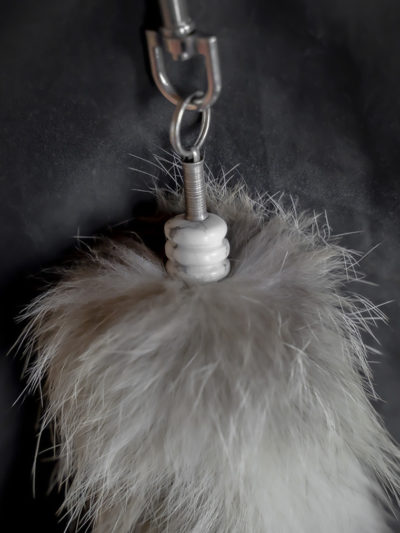
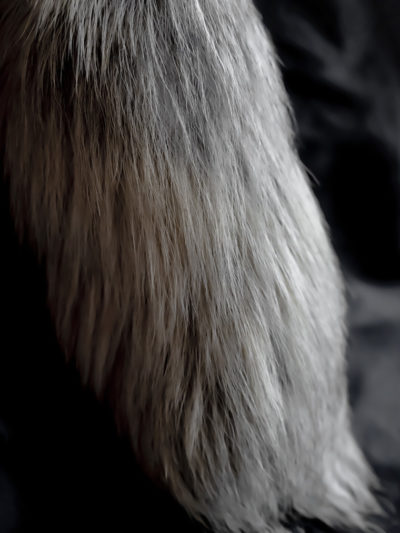
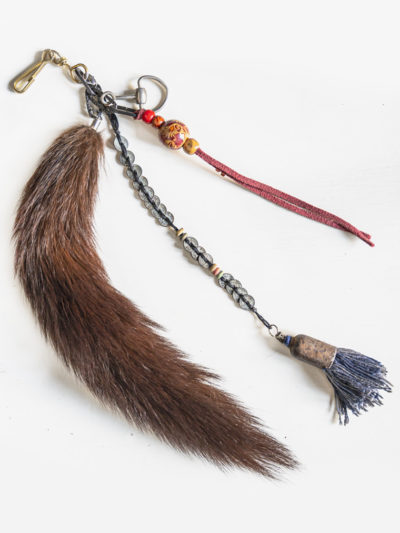
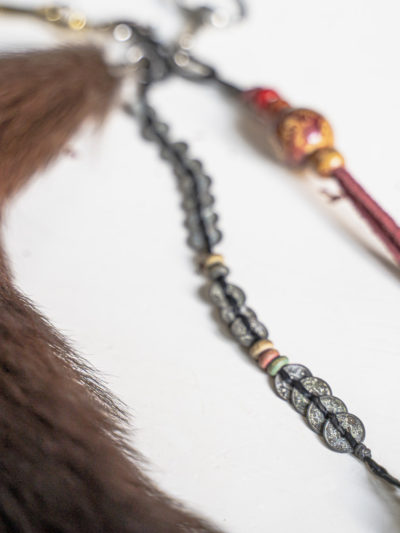
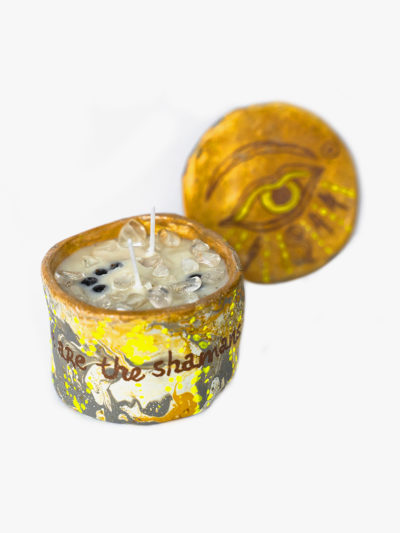
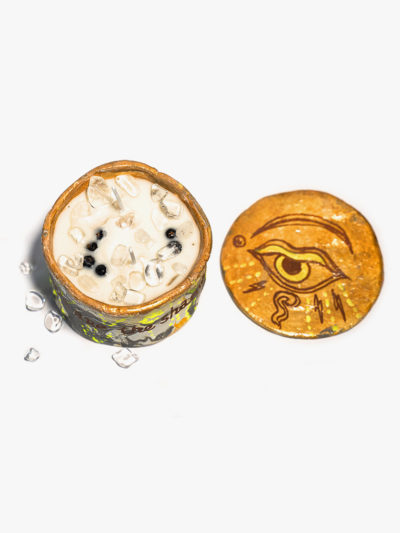

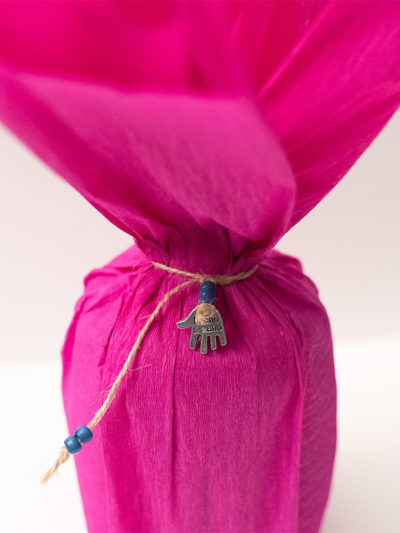
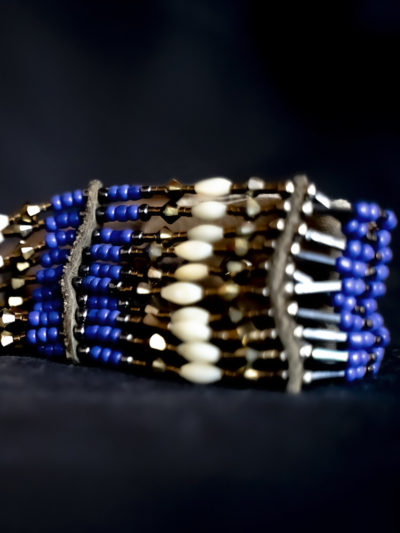
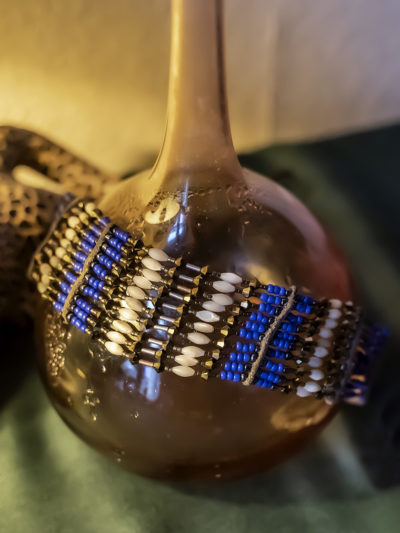
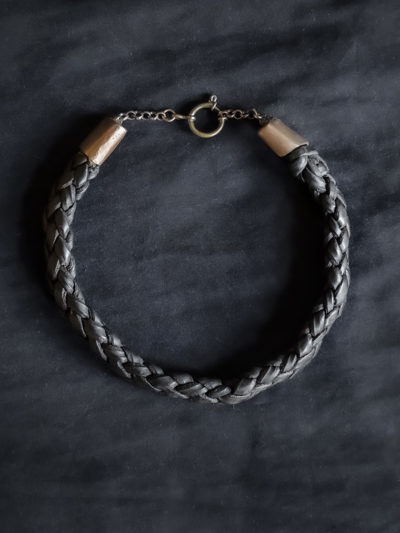
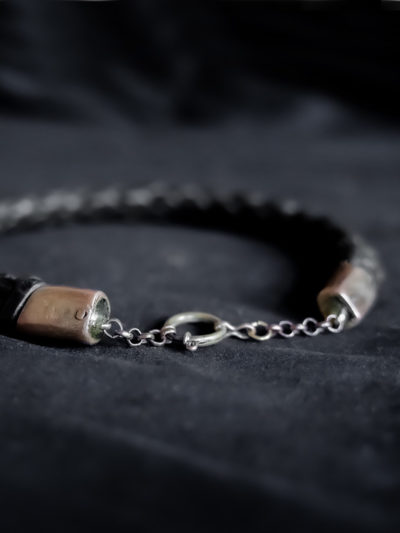

Reviews
There are no reviews yet.